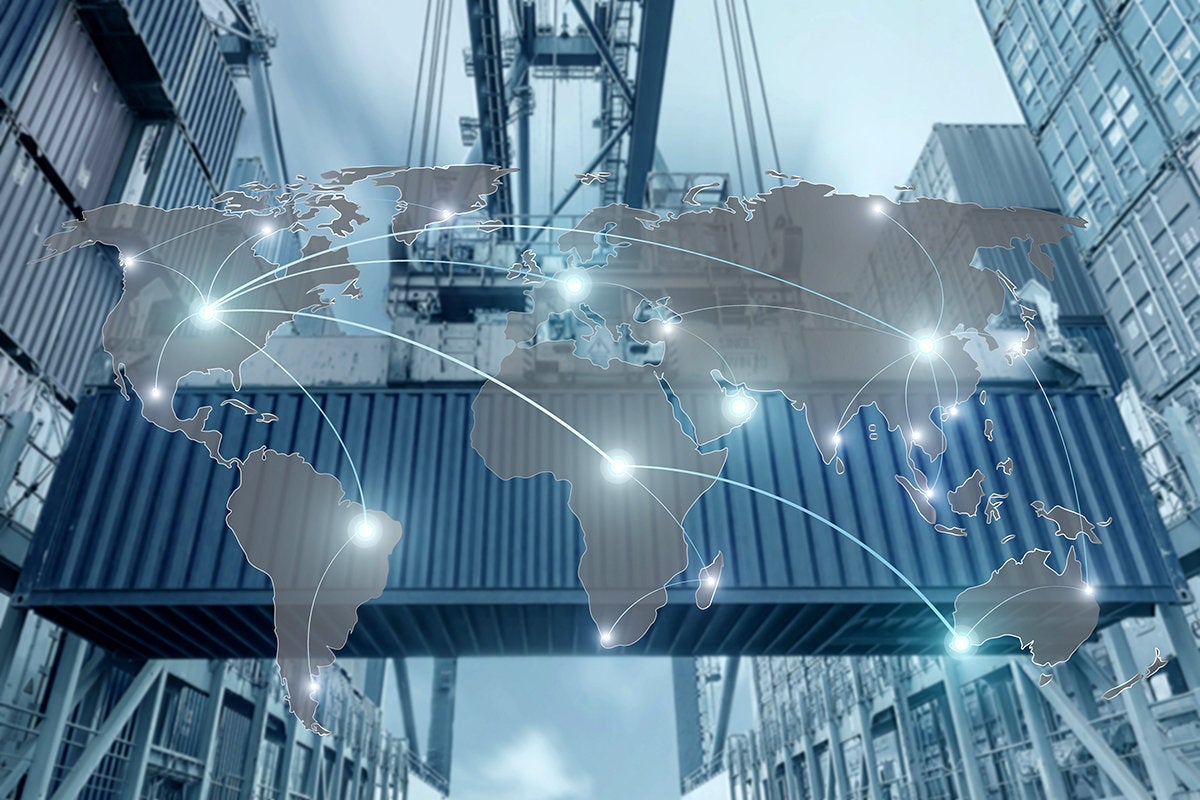- I recommend the Pixel 9 to most people looking to upgrade - especially while it's $250 off
- Google's viral research assistant just got its own app - here's how it can help you
- Sony will give you a free 55-inch 4K TV right now - but this is the last day to qualify
- I've used virtually every Linux distro, but this one has a fresh perspective
- The 7 gadgets I never travel without (and why they make such a big difference)
CIsco faces a $14B backlog thanks to component scarcity

Cisco, like many of its competitors, has found increased revenue from pent-up demand, but chip shortages and other supply constraints continue to loom large over the industry.
“We remain one of the largest software companies in the world,” Cisco CEO Chuck Robbins told investment analysts on an earnings call for its fiscal second quarter ended in January. “In Q2, our software revenue grew by 6% to $3.8 billion, total subscription revenue accelerated to $5.5 billion, up 7% year over year.”
Robbins went on to say that it’s important to note “both of these metrics continue to be negatively impacted by subscription software and service that is attached to hardware, where the shipments are delayed due to the component situation.”
Overall, Cisco said its 2Q revenue grew to $12.7 billion, up 6% compared to a year earlier.
Meanwhile, Cisco’s current product backlog is nearly $14 billion, an increase of more than 150% year-over-year. Within that amount, software backlog almost doubled to more than $2 billion, according to Cisco CFO Scott Heron.
As a comparison, Cisco competitor Juniper recently said it has a “record level of more than $1.8 billion” in backlog orders.
Arista’s president and CEO Jayshree Ullal said that some of the lead times on its sales are 50-70 weeks out. “It’s no fun,” Ullal said during Arista’s recent earning call.
“The ongoing supply constraints not only impacted our ability to ship hardware, but also impacts our delivery of software such as subscriptions that customers order with the hardware,” Heron said. “That undelivered software is also included in backlog until the hardware ships, which is when we begin to recognize the revenue.”
As for whether the component shortage is getting better or worse, Robbins came down in the middle.
“I would say during the quarter, supply chain didn’t get materially worse and didn’t really get materially better,” Robbins said. “I wouldn’t say we have a great timeline for us to when things begin to improve. All we know now is we expect this to be with us through the second half of our year.”
The situation has caused Cisco and its peers to raise prices to customers – about 10% across the board, experts say.
“I think clearly we have customers who are definitely trying to buy ahead of price increases, and the conversations have gone from, I’d say, being generally understanding to being a little more frustrated, primarily because of the length of time it’s taken to get the product,” Robbins said. “And so they’re running out of patience, as we all are. But, you know, everybody generally understands, because candidly, most of our customers are probably doing the same thing to their customers and whatever business they’re in, in general, given the inflationary pressure that we see everywhere.”
Copyright © 2022 IDG Communications, Inc.

